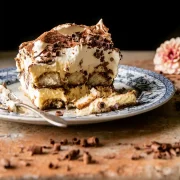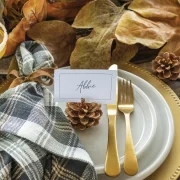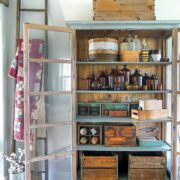Transferware History and Collecting

Make the hunt for vintage transferware even more fun by learning its history and how it was made.
When you’re adding vintage treasures to your décor, the hunt is half the fun, but knowing the history behind your collections can be just as satisfying. This is definitely the case with transferware.
What is Transferware?
Transferware refers to the method in which a design or pattern is transferred from an inked, hand-engraved copper plate to wet tissue paper and then placed on a piece of pottery, usually china or porcelain. After several additional steps and firing in a kiln, the piece is complete.
Transferware is available in a wide variety of dishes, from affordable travel souvenir plates and turkey platters to exquisite and difficult-to-find English-made pieces from the 1700s.
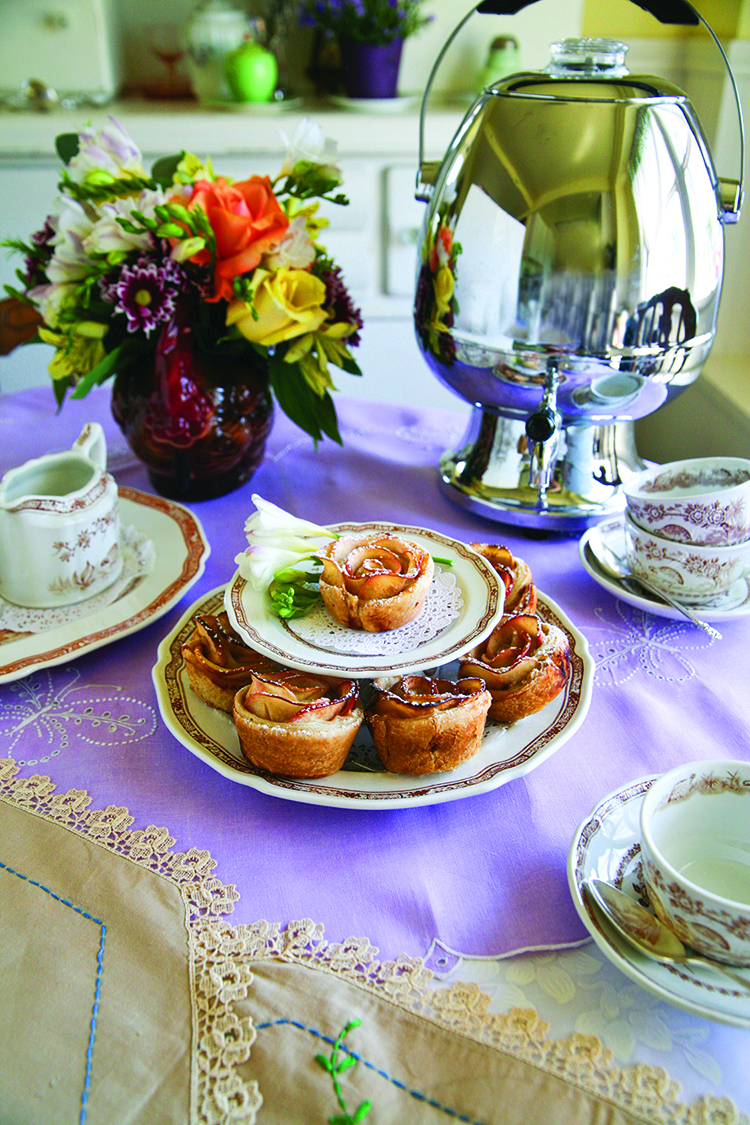
History
Beginning in 1760 in the Staffordshire region of England, the transferware process, versus hand painting each piece, made beautiful dishware affordable. The classic two-tone blue and white coloring was the original combination, but later the colors expanded to red, green, mulberry, pink and yellow.
The designs developed into a variety of themes as its popularity grew around the world, including romantic, American, chinoiserie, floral and botanical themes, to name a few. Some of the notable collections include Blue Fluted by Royal Copenhagen, Blue Italian by Spode and Blue Willow by Royal Stafford.
Where to Find Transferware Today
You can find vintage transferware at flea markets, thrift shops, garage sales and estate sales as well as online. Choose a pattern, a two-tone combo or a maker that tugs at your heart strings, and let the collecting begin.
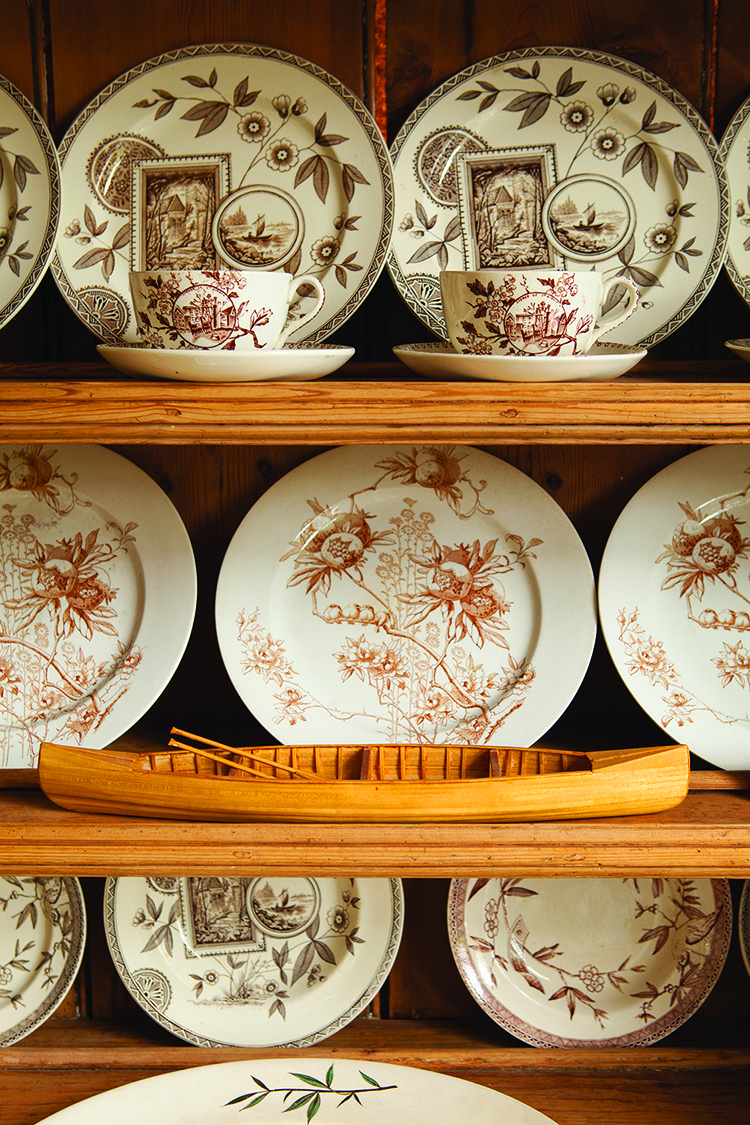
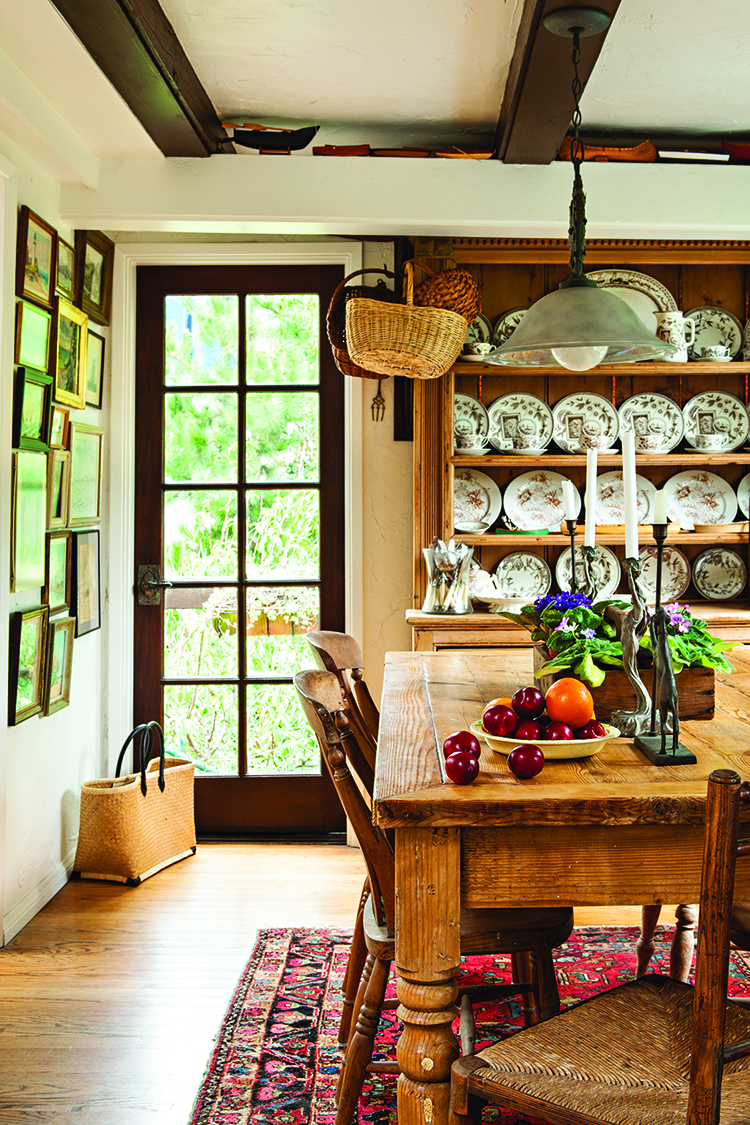
If you love collecting vintage dishware, kitchenalia and more, read on for Jadeite Dishware: A Collector’s Guide. Of course, don’t forget to follow us on Instagram, Facebook and Pinterest for your daily dose of farmhouse inspiration!



